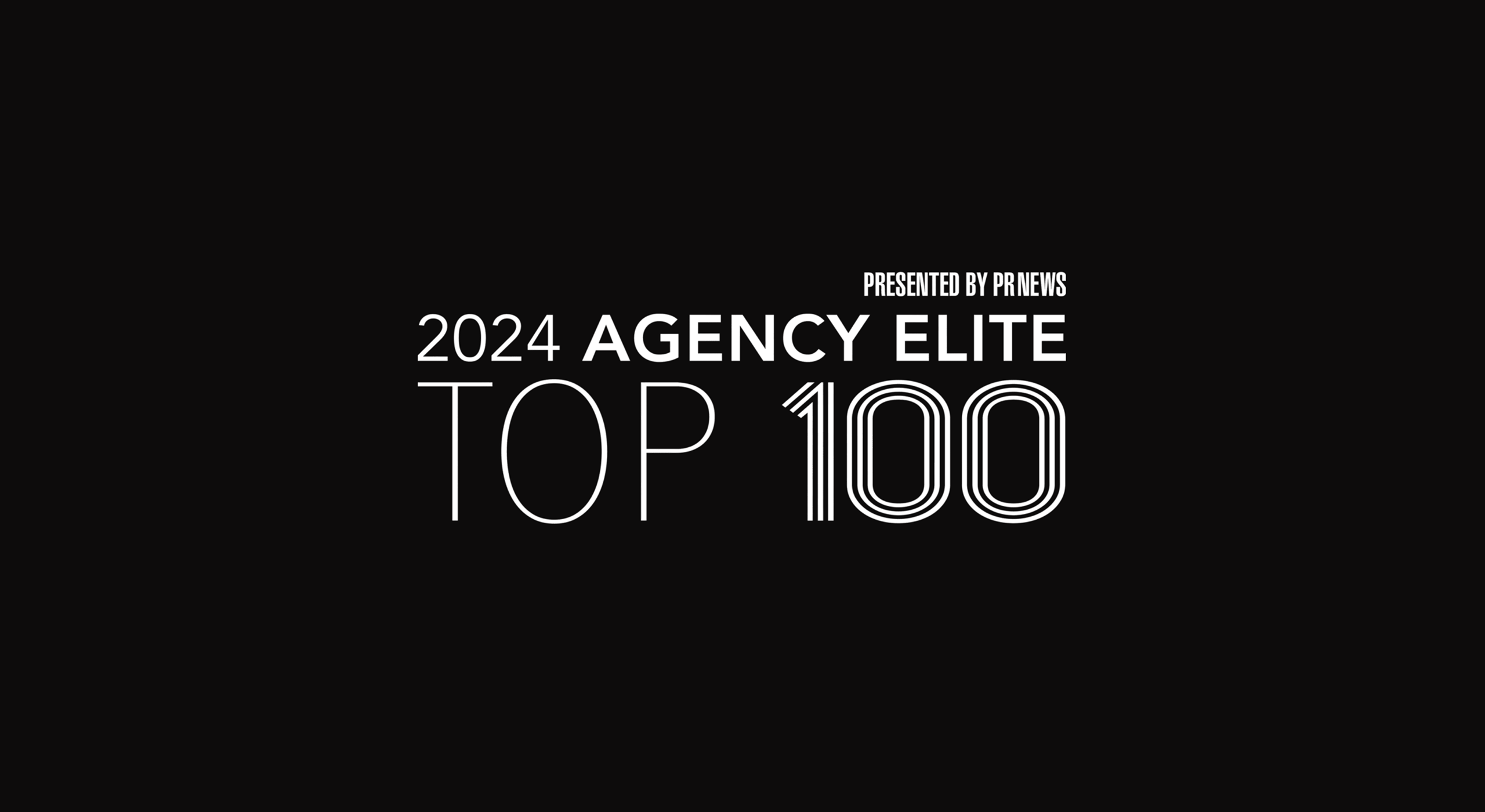
The Media Impact of COVID-19
By: Andrea Trapani
The situation around COVID-19 (novel coronavirus) has been nothing short of unprecedented on a global level. Virtually every American and industry has felt the effect, either from the virus itself or the precautionary measures taken to ensure its spread does not proliferate. In the PR sphere, we have been paying close attention to how this activity is impacting newsrooms and stories across every industry vertical.
According to Muck Rack Trends, more than 2.6 million articles have been written about coronavirus since the beginning of the year (this figure doubled over the past week).
At Identity, we hosted a webinar earlier this week about all aspects of internal and external communication of COVID-19. We received an overwhelmingly positive response of valuable feedback from participants located across the country.
Within that presentation, the current state of the media was a key component we covered.
A New Narrative
With history unfolding before our eyes, it’s important for organizations to allay their concerns around being part of the COVID-19 narrative. Every news story for the foreseeable future is portraying virtually all topics through the lens of this life-changing moment.
The appetite for viewpoints around this issue is unlike anything we’ve ever seen. Everyone from consumer, business and trade media have all requested sources to speak specifically about how the audiences and industries they cover are being impacted by this pandemic.
The real-time impact of the pandemic has not only changed the focus of news, but also newsroom operations. As reported in the Detroit Free Press, journalists and newsrooms are also dealing with the reality of reporters working remote and guests being interviewed via conference calling services in lieu of in-studio visits.
Story Angles that Matter to Media
From organizations, we’re seeing media demand for stories in two prongs. First, they’re looking for the real-time impact of COVID-19—including major shifts in process or policy, developments surrounding changes in service and announcements of location closures.
From a long-term perspective, once we are past the immediacy of this crisis, reporters will want to know about companies’ plans for recovery, fundamental operational changes that might persist, lessons learned during crisis and the virus’ effect on staff members.
On both accounts, thought leadership is critical with expert perspectives being a core part of this media equation.
The Evolved Role of Announcements
In the past couple of weeks, we’ve seen COVID-19-related company announcements evolve from talking about their cleaning process to communicating their philosophical and operational stance on current events.
Now, we’re counseling clients on how to navigate existing moments as we look to the future, and begin to develop their potential recovery plans so they can more quickly return to business as usual once governmental restrictions are lifted.
While we are still seeing some non-COVID-19 stories happening, they’re sparsely covered and offer limited visibility with the influx of COVID-19 coverage. Commitment from a newsroom or journalists is often dependent on bandwidth at this stage, and bandwidth is tight. Therefore, we’re recommending our clients hold any non-coronavirus-related news, press releases or announcements for the moment.
Experts Needed
While COVID-19 seems to be the primary focus of content for the foreseeable future, it’s important for PR professionals to toe the right line of providing media with industry thought leaders who can offer their perspective on how current events are impacting their business or culture—while also being sincere and sensitive to the situation.
With resources being allocated to COVID-19 coverage on both local and national levels, Identity has been working closely with all our client partners to appropriately respond to this situation with both critical internal communications strategies, as well as their messaging to their customers, clients, and media. We are evolving our recommendations minute by minute and working to ensure our clients have an effective communications strategy across all channels as we live in this moment together.



